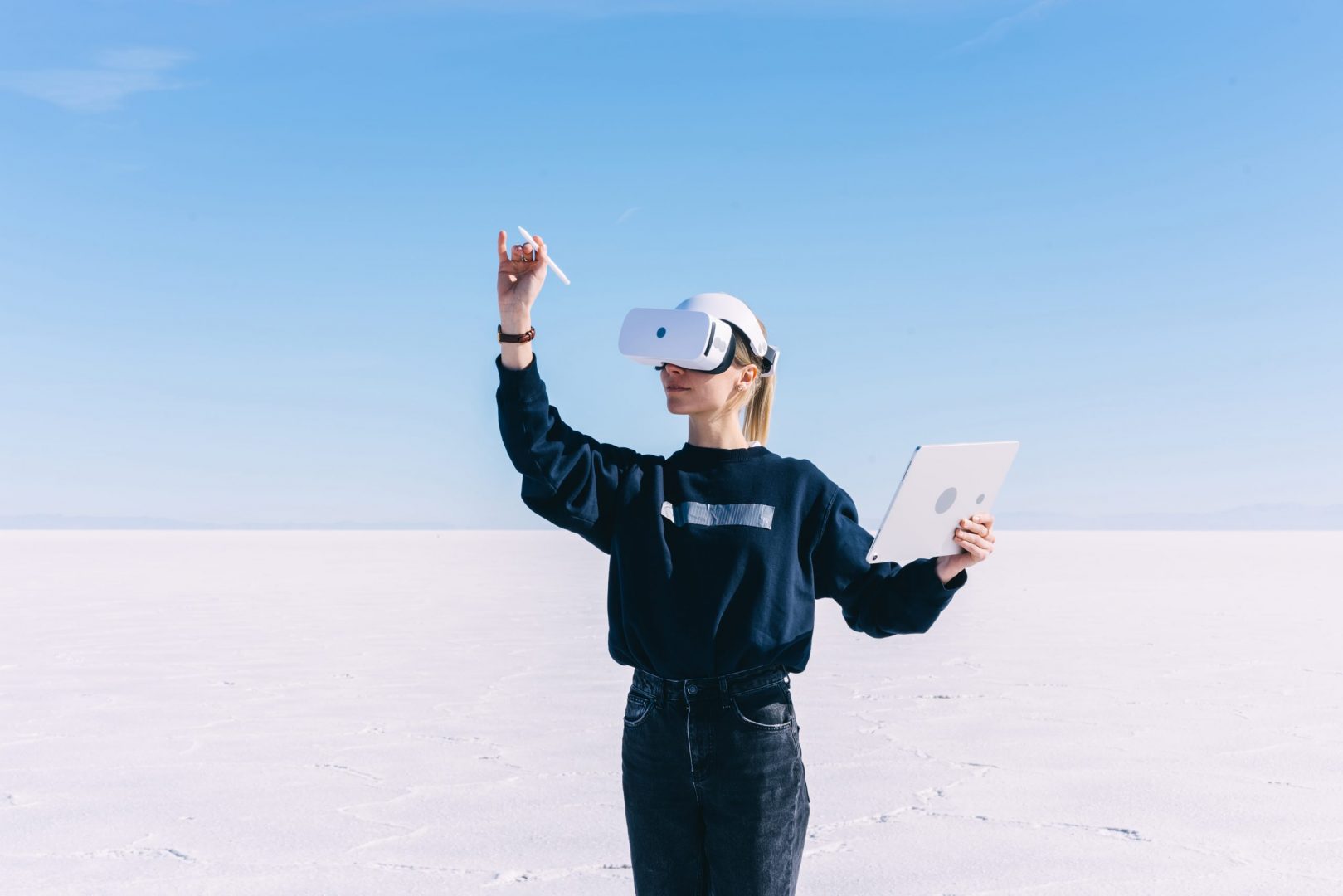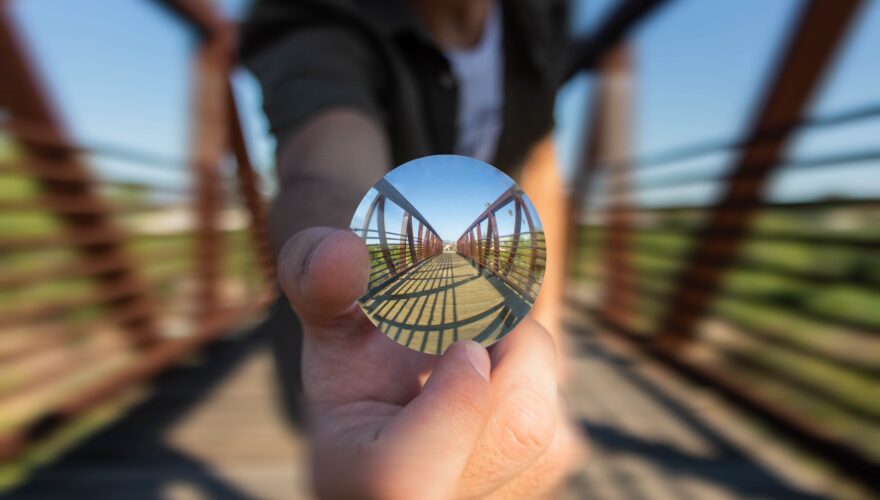Extended Reality – how realities are virtual and extended
XR, AR, VR, MR – The supposedly unimpressive abbreviations conceal the treasure they contain. Do you know the abbreviations used in connection with digital realities? What is behind which?
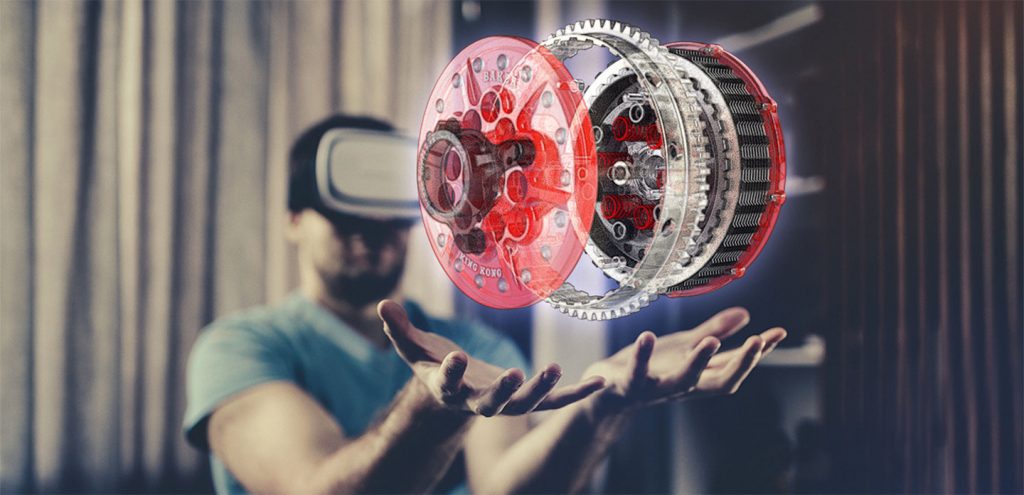
Extended Reality (XR) refers to all combined real and virtual environments and man-machine interactions, and is therefore, to be understood as the “reservoir” for representative forms such as Augmented Reality (AR) and Virtual Reality (VR) and the interpolated areas between them. These are generated by computer technology and wearables. XR offers an experience for the senses. The line between reality and the simulated world becomes blurred as you dive into another world visually, acoustically or even haptically.In Augmented Reality (AR) virtual information and objects are overlaid on the real world. This experience enriches the real world with digital details such as images, text and animations, which are accessed through AR glasses or via screens, tablets and smartphones. Users are not isolated from the real world, but can interact and see what is happening in front of them. You’re familiar with the Pokémon GO game, which simulates digital creatures in the real world, and have you ever conjured up hats or glasses on your face in Snapchat? Then you know two of the most famous examples of AR.
Virtual Reality (VR), unlike Augmented Reality, lets users immerse themselves completely in a simulated digital environment and – unlike AR – has nothing to do with the real world. A VR headset or a head-mounted display provides a 360-degree view of an artificial world that deceives the brain and makes users believe that they are climbing Mars, diving in the deep sea or entering the new world. The games and entertainment industry adopted this technology early on; companies from a wide range of industries such as healthcare, construction, engineering and the military are catching up.
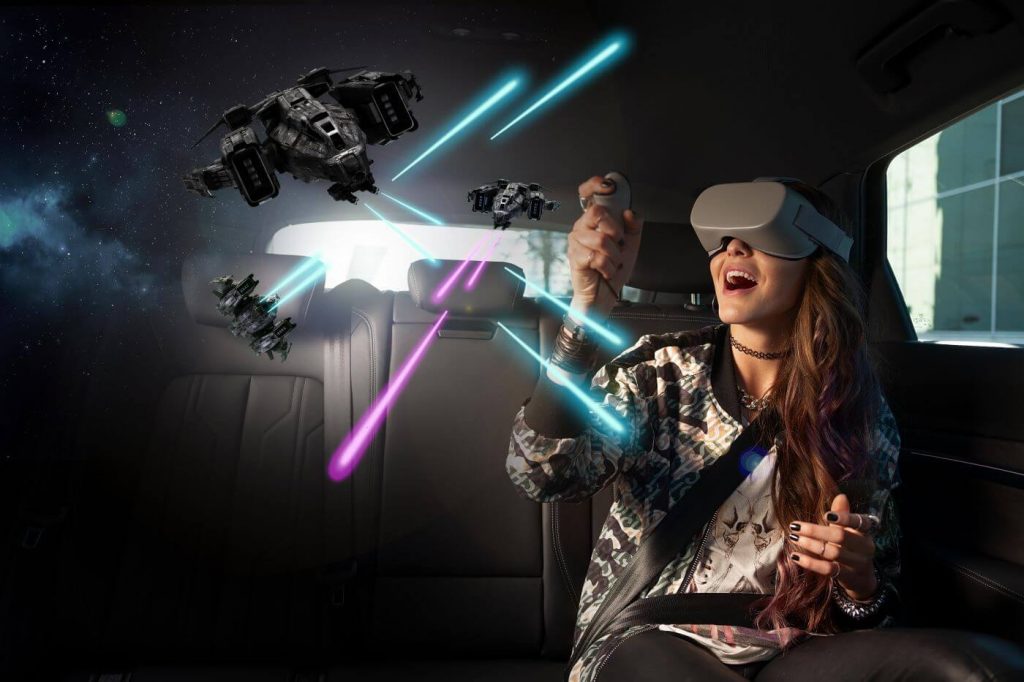
In Mixed Reality (MR), digital and real objects coexist and can interact with each other in real time. MR is the latest immersive technology and is sometimes called hybrid reality. It requires an MR headset and much more processing power than VR or AR. Microsoft’s HoloLens is a great example of how you can place digital objects in the room you are standing in and have the ability to rotate them or interact with the digital object in any way you want.
Extended reality is increasing; there is no doubt about that. Consumers, commerce, industry – all markets involved in XR are growing. What are the applications? Where is XR not just a gimmick, but incredibly practical?
Practical applications of XR
Retail: Try it out before you buy something? No problem with XR! Watch manufacturer Rolex is offering an AR app to try on watches on your wrist, and IKEA is giving customers the opportunity to place furniture and accessories in their homes using their smartphones.
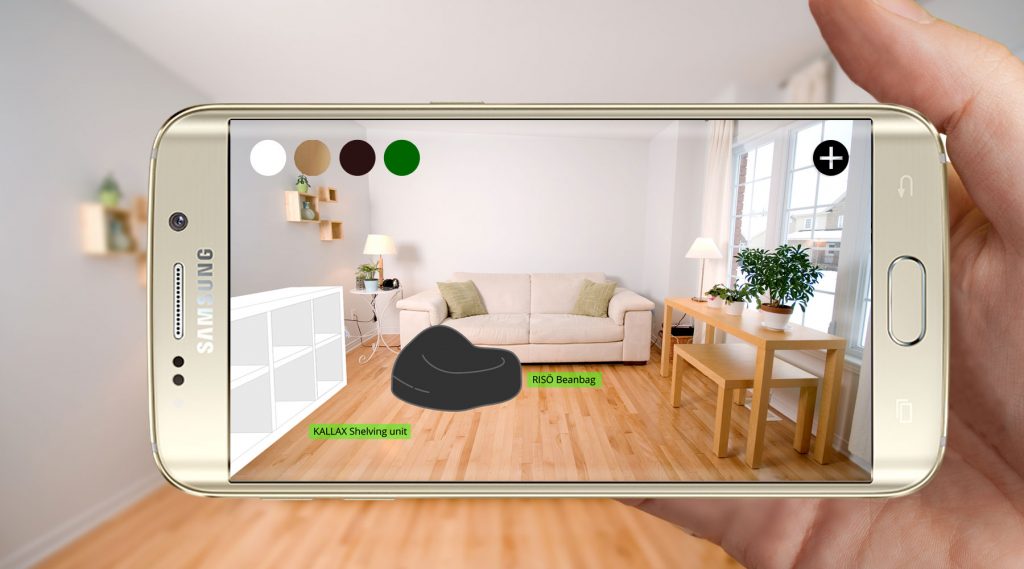
Training: XR can provide hyper-realistic training tools, especially for life-threatening scenarios. For example, XR can help soldiers, medical personnel, pilots/astronauts, chemists and others to find solutions to problems or learn how to react to dangerous circumstances.
Remote Work: Employees can connect to their home office or to professionals around the world in a way that makes both sides feel like they are in the same room.
Marketing: The ability to connect with potential clients and consumers through XR is fundamentally changing the way products and services are offered.
Real estate: Renting or buying after a virtual tour? Not only Immoscout24 makes it possible. It would be so much easier for estate agents, landlords and people looking for accommodation if queues of interested parties did not have to be channeled through apartments. Viewing apartments from your own couch? Lean back and enter.
Interactive teaching: In the course of the Covid-19 pandemic, we’ve seen how elementary digital learning experiences are becoming. Traditional classroom teaching could not take place for months, and it is unclear when a return to regular schooling will occur. The need for interactive classroom sessions is becoming increasingly apparent.
Our new cohabitant in the House of Innovation, holoride, demonstrates what successful implementation of XR in the field of mobility can look like. Want to learn more about that? Stay tuned. In the blog post Extended Reality – How holoride creates Elastic Reality we give you an exclusive insight into the exciting work of our new neighbours in the House of Innovation.
